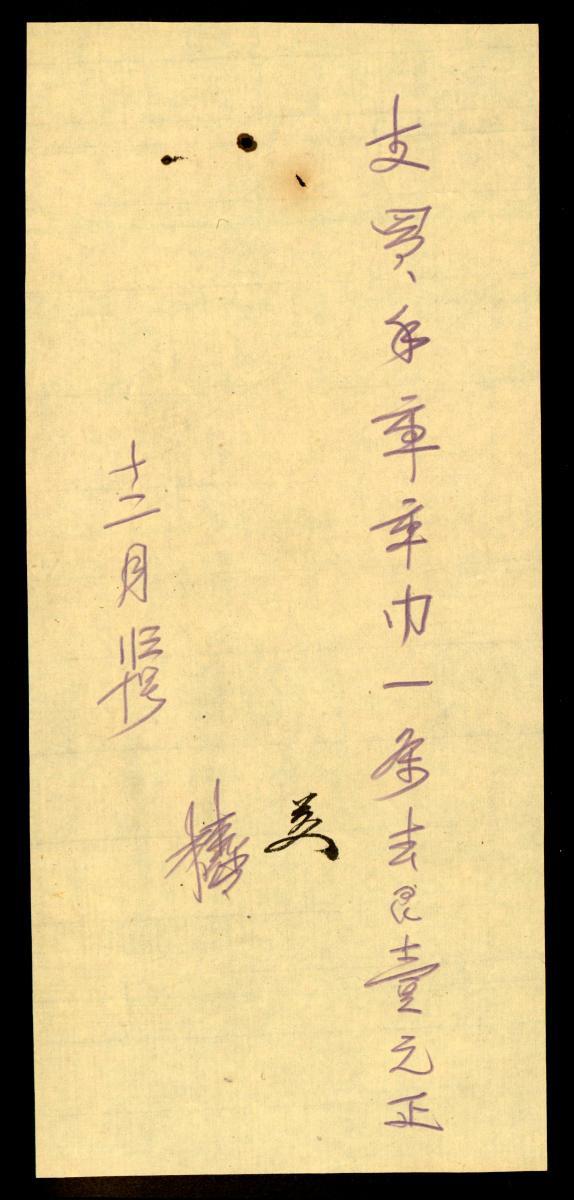This three-storey burial model of a watchtower has open balconies and a tiled roof simulating those of wooden buildings in the Han period (206 BCE-220 CE). At the base is a walled compound with a broad covered entrance way where two horses, one with a rider are stationed. Two figures on the parapet of the second level represent archers with drawn cross-bows, while three sentinels are on the highest level.The practice of using lead-glazed burial wares had already started during the Han dynasty (206 BCE-220 CE). The glaze tradition continued into the Ming period.The custom of making burial ware or ‘mingqi’ was an ancient one. It is thought these structures were intended to supply the spirit of the deceased with familiar accommodation in the afterlife. Elaborate groups of burial wares were also a display of wealth and social status. None of the Han architecture has survived as they were made out of wood and such architectural pottery models provide excellent material for the study of Han architecture.















